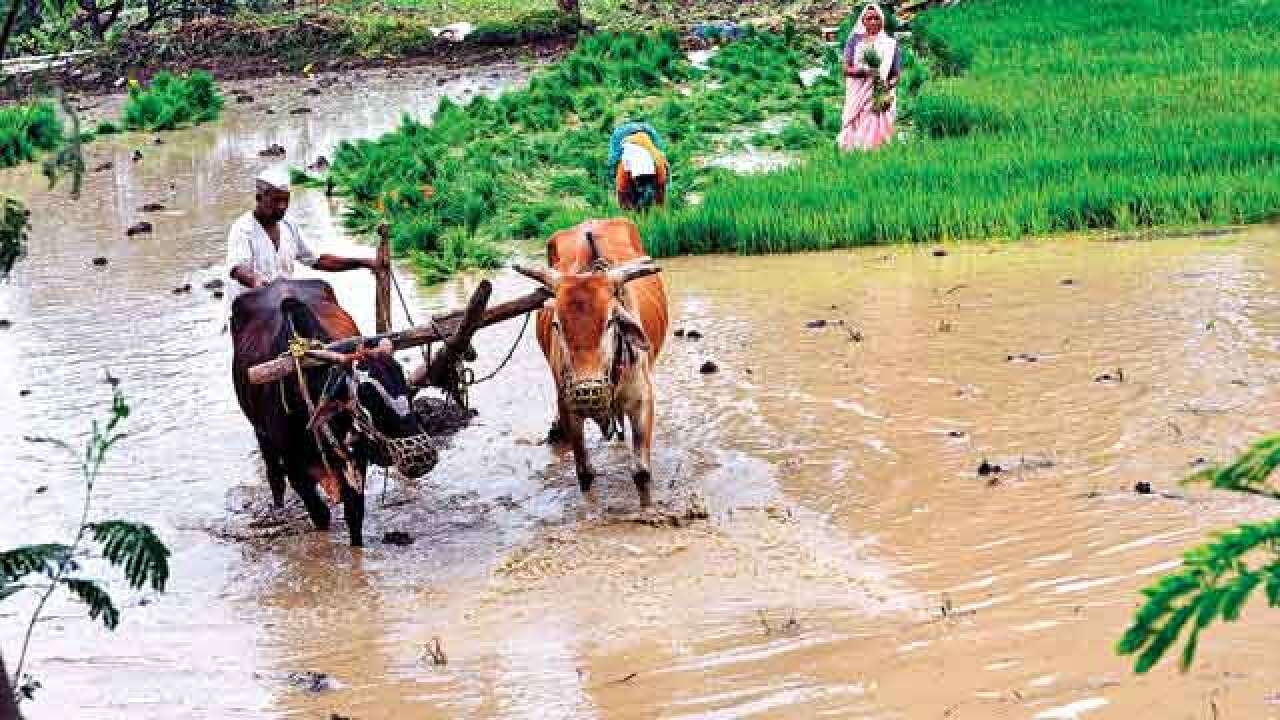
The central clearance to Maharashtra for the culling of wild boar and nilgai to address farmers’ complaints of crop damage must not lead to a mindless killing of these wild animals. It is a fact that wild animals do cause heavy damage to crops, especially in farms bordering forests, but it is equally important that when wild animals are equated with rodents and pests, this culling measure must be undertaken with adequate caution. Schedule V of the Wildlife Protection Act classifies the common crow, mice, fruit bat and rats as vermin. The WPA has provisions that allow for the categorisation of certain wild animals as vermin for a specific period in specific areas. While Kerala and Telangana have provisions to kill wild boars, Himachal Pradesh has in the past ordered culling of wild boars, nilgai and monkeys. Tamil Nadu is in the process of completing a wild boar survey as a precursor to ordering culling after farmers complained of large-scale crop losses. The other argument in favour of crop losses is the compensation burden on state governments when farmers complain of crop depredation by animals.
There are many dimensions to the issue of culling of wild boar and other species. What is seen as an instance of the animals encroaching on farms and destroying crops is often a case of farmers encroaching upon forestland and clearing the jungles to plant crops. With forest cover shrinking, it is but natural that animals will wander into farms in the near vicinity for food and water. As a result, the frequency of wild boar and nilgai entry into farms has shot up. This has been interpreted as an increase in the wild boar population. However, it does not appear that any of these states have undertaken surveys to ascertain whether there has been an actual increase in the wild boar population. The danger with the indiscriminate killing of wild boar and nilgai is that these species are integral links in the food chains of carnivores. A decline in their population will affect the food availability to endangered animals like tigers and leopards. Further, in the guise of culling, poachers can enter forests and place other wild animals also in jeopardy.
While Maharashtra appears to be toying with the idea of allowing the affected people to kill these animals in four districts, it could look at how Kerala had tackled the problem. In 2011, when Kerala allowed culling of wild boars, it imposed stiff restrictions to ensure that indiscriminate killing was averted. Only farmers with valid gun licences were allowed to kill the boars and the shooter was paid Rs500 for killing the boar. A post-mortem had to be conducted and the carcass burnt to ensure that it did not descend into illegal hunting and meat trade. Also, the hunting had to be undertaken in the presence of a forester and after a formal complaint was lodged with a forest ranger. However, in 2014, the provisions were eased to allow farmers to kill boars for “self-protection” after farmers complained that forest officials were not receptive to their complaints.
Farmers claim they have exhausted all other options before attempting culling. Live wire (solar-powered) fencing, fish nets and sound-emitting devices have been suggested but these have proven erratic, with power failures and other maintenance issues leading to incidents when these animals have destroyed entire farms in a single night. However, there are doubts about the quality of fencing, lighting and shock-emitting techniques that have been used. With man-animal conflict increasing, the tradition of tolerance towards wild animals is also on the wane. Governments are vulnerable to the political imperative of keeping farmers in good humour. But there is no alternative to acting tough against forest encroachments.